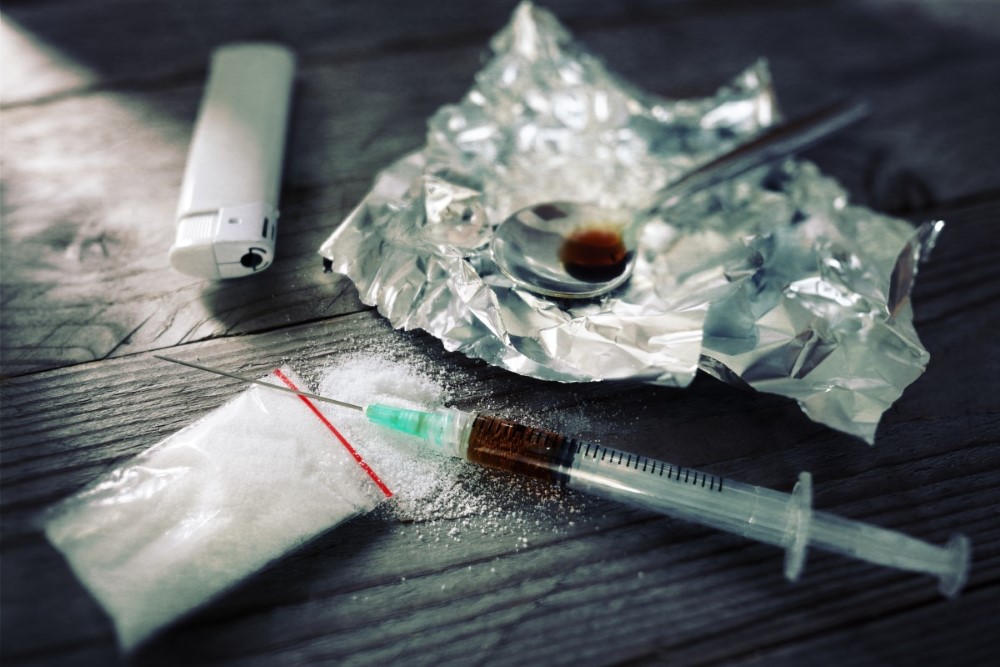Polydrug use, the simultaneous or sequential use of multiple substances, presents unique and heightened risks. When you mix drugs, you’re not just combining effects; you’re potentially creating a dangerous cocktail that can lead to unforeseen physical and psychological effects. This can include increased chances of overdose, unpredictable drug interactions, and compounded side effects that can be more severe than using a single substance.
Exploring the reasons why individuals engage in polydrug use is crucial. For some, it’s about enhancing the effects of one drug with another, while for others, it might be an attempt to mitigate undesirable side effects. Understanding your motivation for polydrug use can be a key step in addressing the underlying issues that lead to this behavior.
Treatment Challenges in Polydrug Addiction
Treating polydrug addiction is complex. Standard treatment approaches might need to be adjusted, as different substances can have varying withdrawal symptoms and psychological impacts. Tailoring treatment to your specific combination of substance use is crucial for effective recovery, making the role of personalized care more important than ever.
The Role of Mental Health in Polydrug Use
Mental health often plays a significant role in polydrug use. Co-occurring mental health disorders, such as depression or anxiety, can drive an individual toward using multiple substances as a form of self-medication. Addressing these underlying mental health issues is a critical component of treatment for polydrug addiction.
Societal and Policy Implications of Polydrug Use
The rise in polydrug use also raises questions about current drug policies and societal attitudes. There’s a need for more comprehensive education and harm reduction strategies that address the realities of polydrug use. The challenge lies in crafting policies and societal messages that effectively address the complexities of polydrug use without oversimplifying or stigmatizing the issue.
Understanding Polydrug Use
- Navigating the Risks of Polydrug Use: A Closer Look at Mixing Substances: When it comes to polydrug use, the risk of complications rises with each additional substance. An example is smoking cannabis after drinking alcohol, a combination that increases the likelihood of adverse effects. Understanding polydrug use is delving into the complexities of taking multiple substances simultaneously, whether intentionally or unintentionally, presenting challenges that merit a closer examination.
- Polydrug Use Demystified: Exploring the Landscape of Multiple Substances: What happens when you take multiple drugs together? This is the realm of polysubstance use, a common practice with potential consequences. Whether intentionally or unintentionally, combining two or more substances, such as mixing alcohol with caffeinated drinks, requires a nuanced understanding. This exploration sheds light on the dynamics of polysubstance use, revealing both its prevalence and inherent risks.
- Prevalence and Pitfalls: Unveiling the Landscape of Polydrug Use: Dive into the prevalence and pitfalls of polydrug use, where taking multiple substances simultaneously is not uncommon. Research data points to a close association between specific substances and polydrug use, with ecstasy, cocaine, ketamine, LSD, methamphetamine, and GHB taking the lead. Understanding this landscape is crucial for recognizing the potential dangers and complexities of polydrug use.
- Polydrug Use Realities: Untangling the Web of Substance Combinations: Explore the realities of polydrug use, where mixing substances becomes a complex web to untangle. Whether it’s combining cannabis and alcohol or the intentional or unintentional use of multiple drugs, this article delves into the risks and treatment complexities associated with polydrug use.
- Ecstasy, Cocaine, and More: Mapping the Landscape of Polydrug Use: The prevalence of polydrug use aligns closely with specific substances, including ecstasy, cocaine, ketamine, LSD, methamphetamine, and GHB. This article maps the landscape of polydrug use, offering insights into why certain substances are more likely to be associated with combining multiple drugs. Understanding this dynamic is essential for comprehending the intricacies of polydrug use and its potential consequences.





